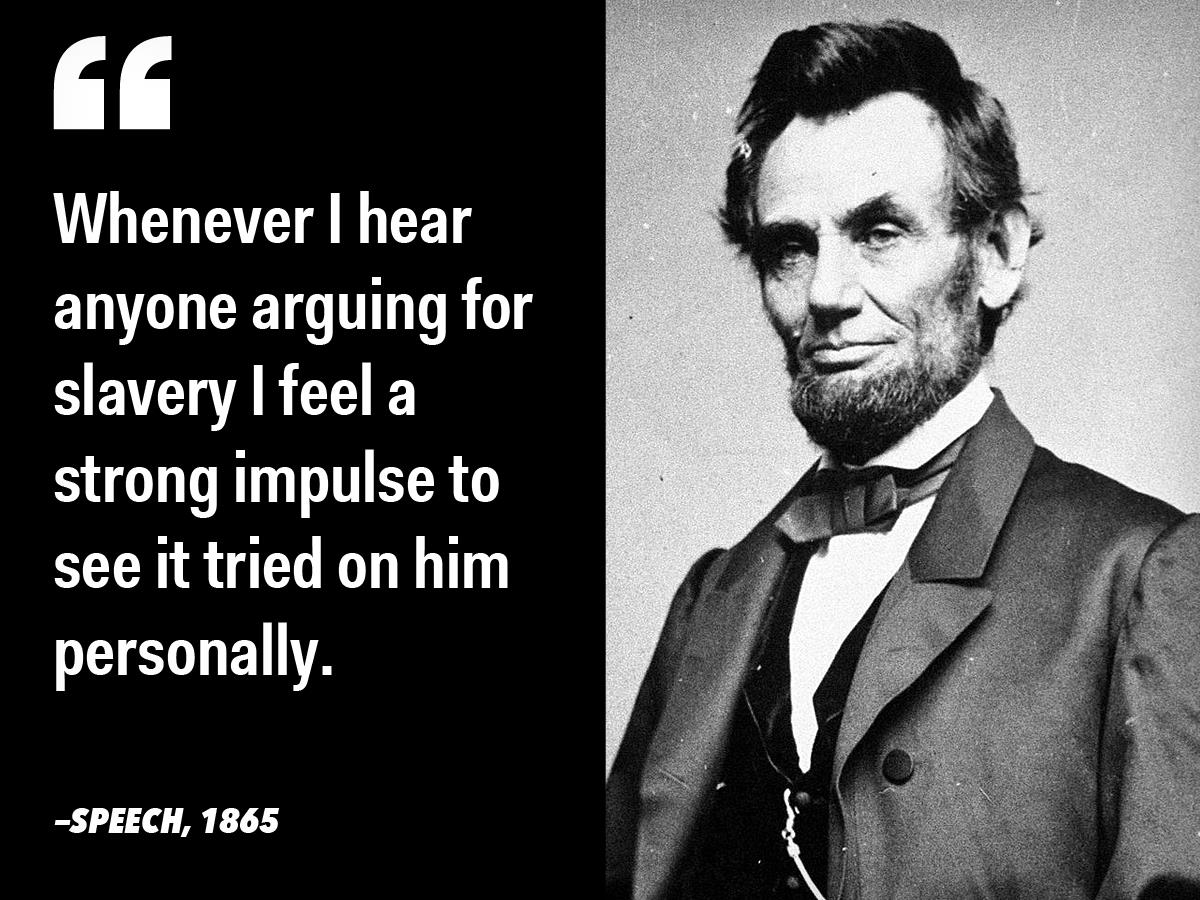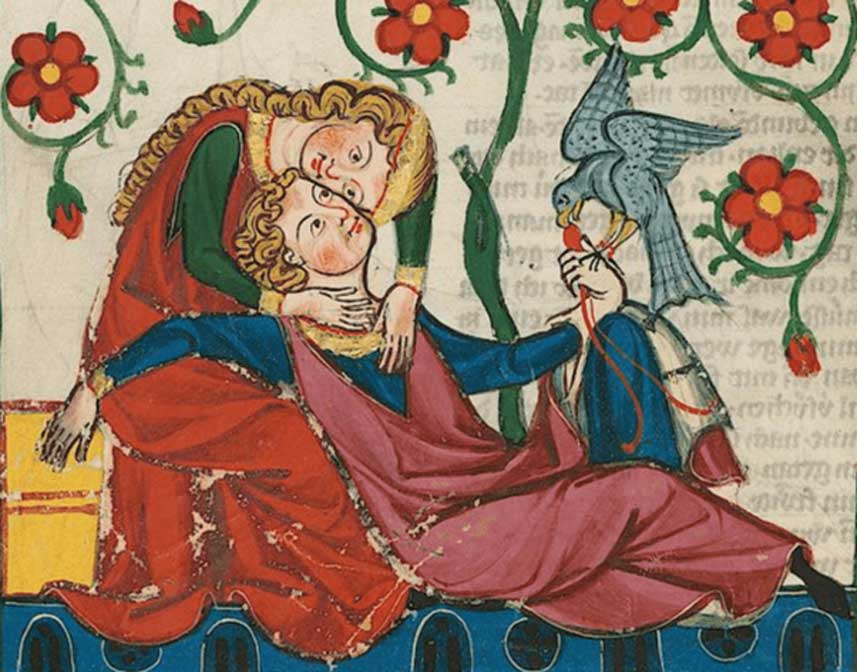Blog
William Ballard Doggett (February 16, 1916 – November 13, 1996) was an American pianist and organist. He began his career playing swing music before transitioning into rhythm and blues. Best known for his instrumental compositions “Honky Tonk” and “Hippy Dippy”, Doggett was a pioneer of rock and roll. He worked with the Ink Spots, Johnny Otis, Wynonie Harris, Ella Fitzgerald, and Louis Jordan. Doggett was born in Philadelphia. During the 1930s and early 1940s he worked for Lucky Millinder, Frank Fairfax and arranger Jimmy Mundy.[2] In 1942 he was hired as the Ink Spots‘ pianist and arranger.
In 1951, Doggett organized his own trio and began recording for King Records. His best known recording is “Honky Tonk“, a rhythm and blues hit of 1956, which sold four million copies (reaching No. 1 R&B and No. 2 Pop), and which he co-wrote with Billy Butler. The track topped the US Billboard R&B chart for over two months. He also arranged for many bandleaders and performers, including Louis Armstrong, Count Basie, Ella Fitzgerald, and Lionel Hampton.
more...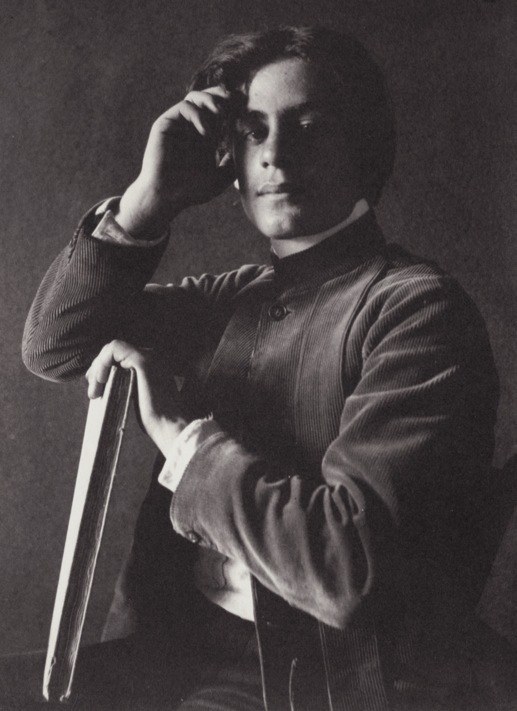
James “Kokomo” Arnold (February 15, 1896 or 1901 – November 8, 1968 Lovejoys Station, GA) was an American blues musician. A left-handed slide guitarist, his intense style of playing and rapid-fire vocal delivery set him apart from his contemporaries. He got his nickname in 1934 after releasing “Old Original Kokomo Blues” for Decca Records, a cover version of Scrapper Blackwell‘s blues song about the city of Kokomo, Indiana.
more...
NGC 1097 (also known as Caldwell 67) is a barred spiral galaxy about 45 million light years away in the constellation Fornax. It was discovered by William Herschel on 9 October 1790. It is a severely interacting galaxy with obvious tidal debris and distortions caused by interaction with the companion galaxy NGC 1097A. 45mly
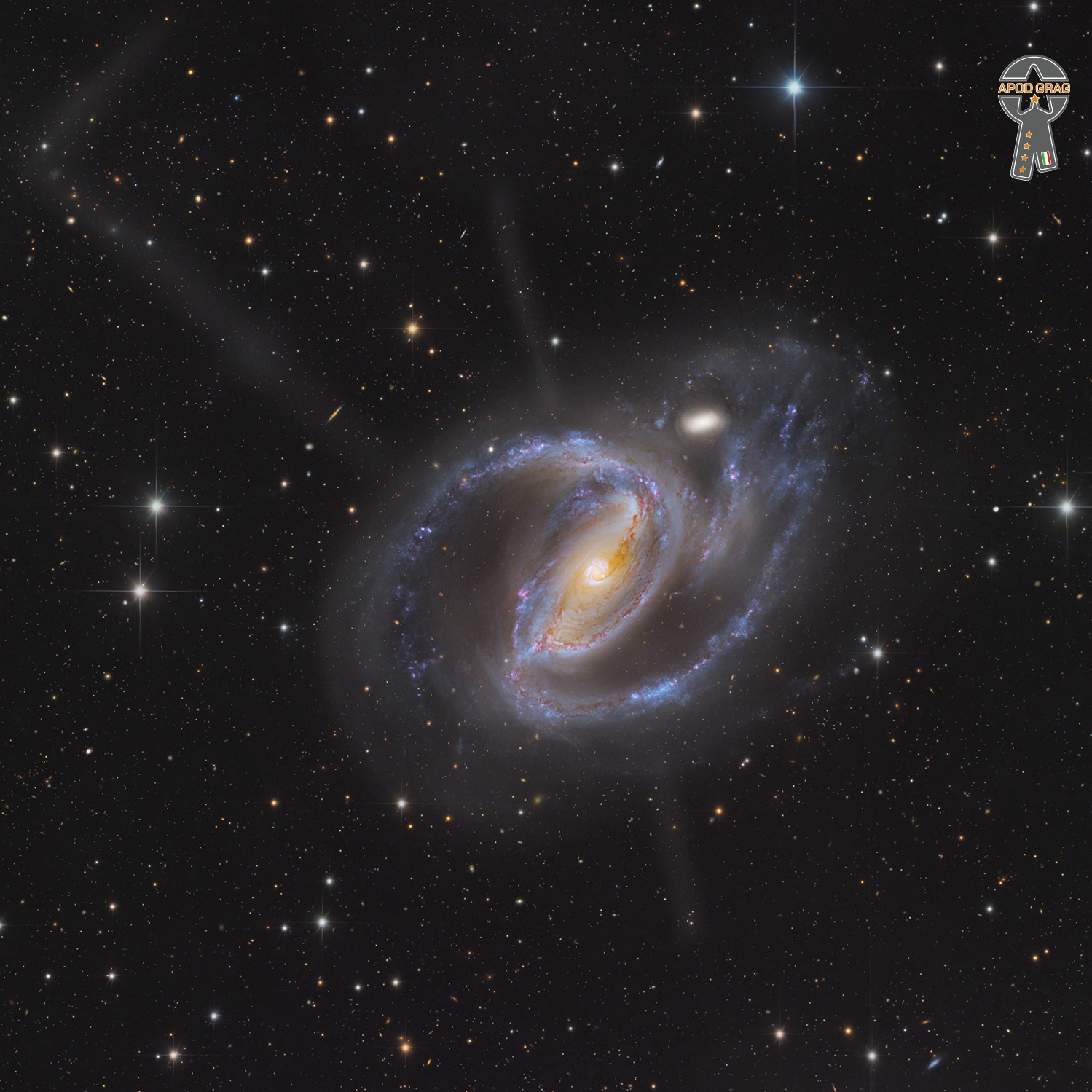
more...
Alistair Ian Campbell (born 15 February 1959) is an English singer and songwriter who was lead singer and co-founder of the British reggae band UB40.
UB40 sold more than 70 million records worldwide and toured for 30 years with the original line-up of the band. In 2008 Campbell and keyboard-player Mickey Virtue left UB40 due to a dispute with band management and teamed up in a new band. In August 2014, Campbell announced he had reunited with former UB40 bandmate Astro, who also left due to management disputes and the musical direction of the band. Campbell then formed a new UB40 featuring the three bandmates.
more...Brian Holland (born February 15, 1941 Detroit, MI) is an American songwriter and record producer, best known as a member of Holland–Dozier–Holland, the songwriting and production team that was responsible for much of the Motown sound, and numerous hit records by artists such as Martha and the Vandellas, The Supremes, The Four Tops, and The Isley Brothers. Holland, along with Lamont Dozier, served as the team’s musical arranger and producer. He has written or co-written 145 hits in US and 78 in the UK.
more...Herlin Riley (born February 15, 1957) is an American jazz drummer and a member of the Lincoln Center Jazz Orchestra led by Wynton Marsalis.
A native of New Orleans, Riley started on the drums when he was three. He played trumpet through high school, but he went back to drums in college. After graduating, he spent three years as a member of a band led by Ahmad Jamal. He has worked often with Wynton Marsalis as a member of the Jazz at Lincoln Center Orchestra and of Marsalis’s small groups. He has also worked with George Benson, Harry Connick, Jr., and Marcus Roberts.
Riley played a large part in developing the drum parts for Wynton Marsalis’s Pulitzer Prize-winning album, Blood on the Fields.
more...Nathan Tate Davis (February 15, 1937 – April 8, 2018 Kansas City, KS) was an American jazz multi-instrumentalist who played the tenor saxophone, soprano saxophone, bass clarinet, and flute. He is known for his work with Eric Dolphy, Kenny Clarke, Ray Charles, Slide Hampton and Art Blakey.
more...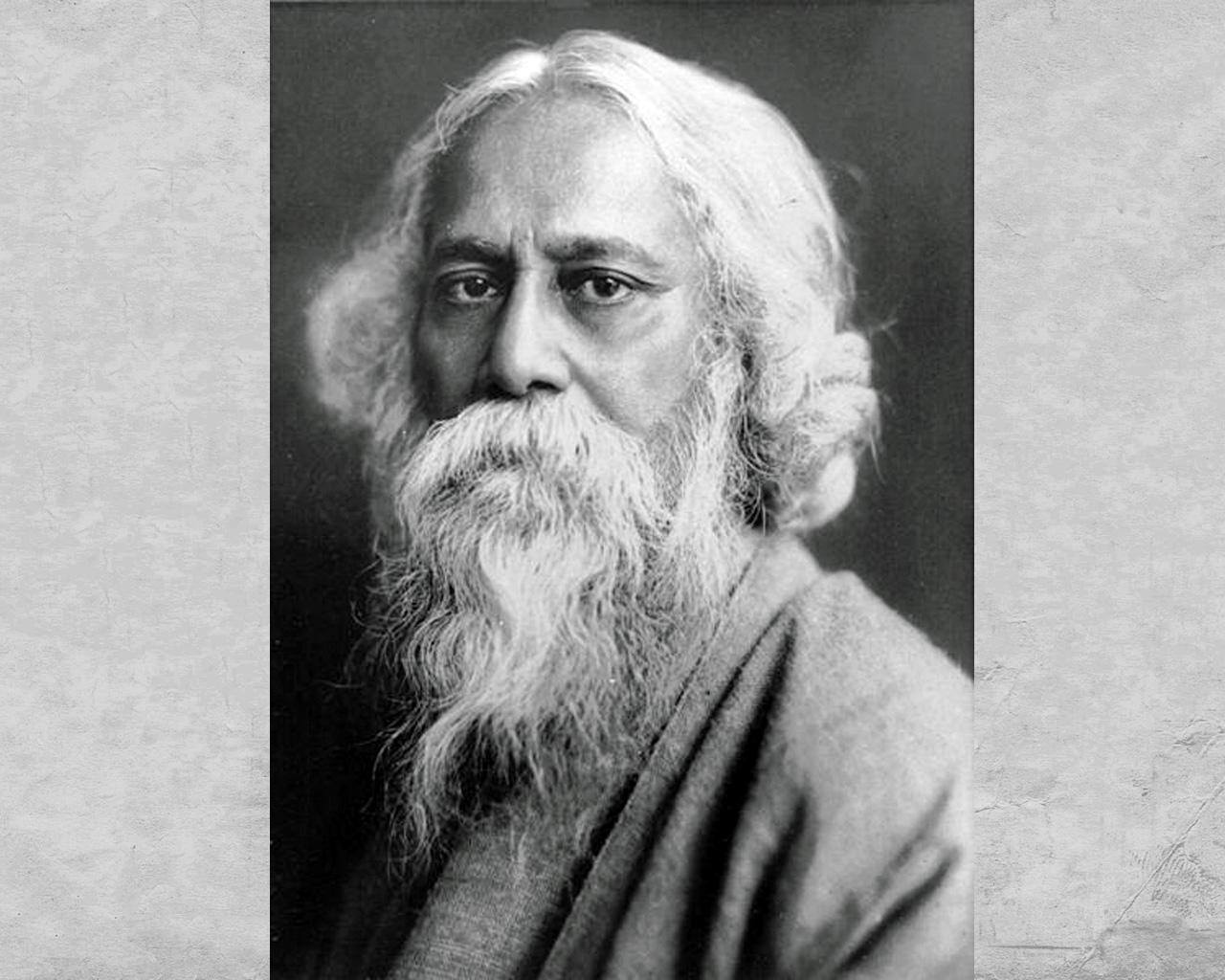
Friday February 14th 2025 7pm. The fourth in a series of performances of the Little Shop of Horrors by Theatre 55 at the Gremlin Theater in St Paul. Music by Shirley Mier, Lyra Olson, Jamie Carter and mick laBriola. Featuring vocalists Patty Lacy and Van Nixon.
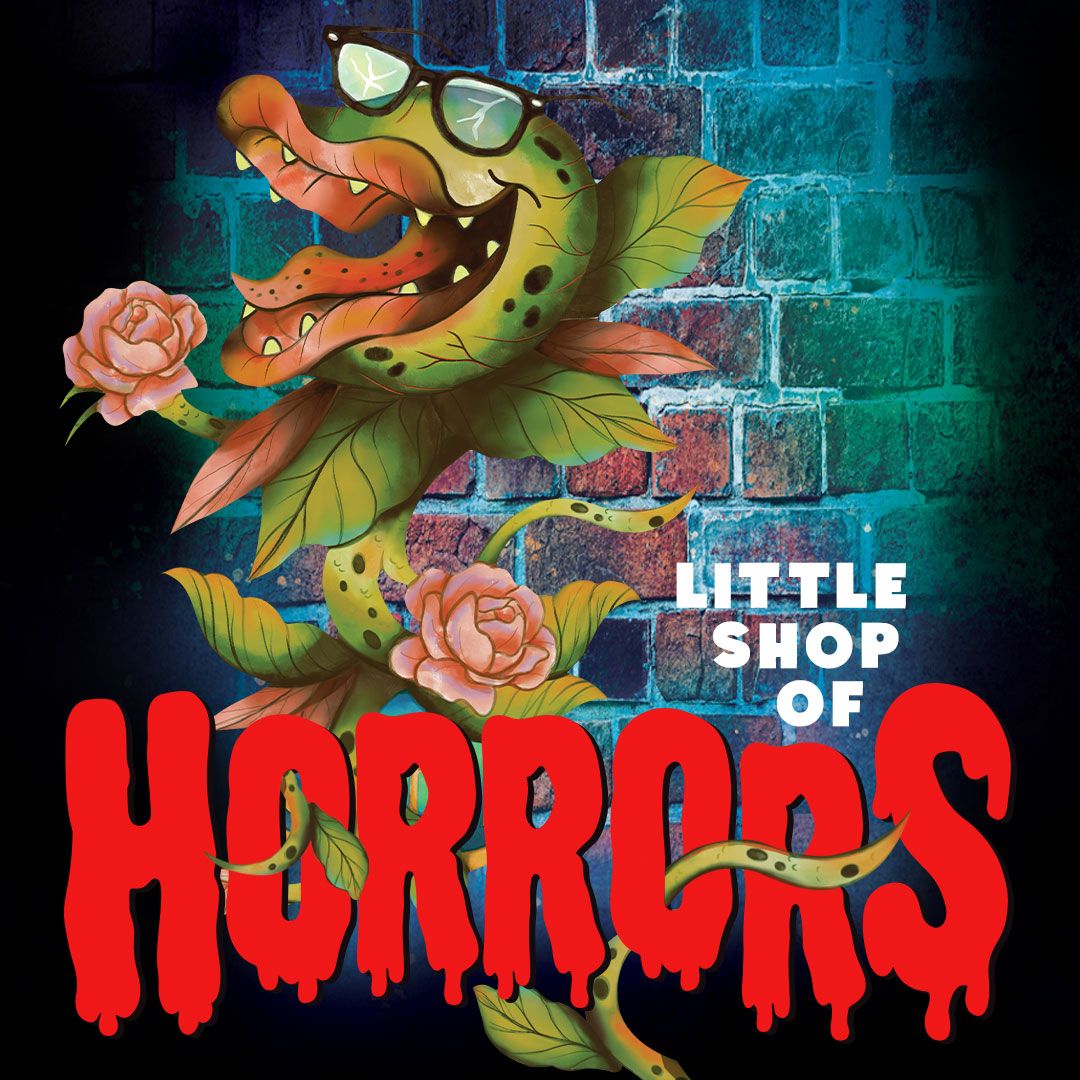
The Rosette Nebula, NGC 2237, is not the only cosmic cloud of gas and dust to evoke the imagery of flowers, but it is probably the most famous. At the edge of a large molecular cloud in Monoceros some 5,000 light years away, the petals of this cosmic rose are actually a stellar nursery. The lovely, symmetric shape is sculpted by the winds and radiation from its central cluster of hot young, O-type stars. Stars in the energetic cluster, cataloged as NGC 2244, are only a few million years young, while the central cavity in the Rosette Nebula, is about 50 light-years in diameter. The nebula can be seen with a small telescope toward the constellation of Monoceros, the Unicorn. This natural appearing telescopic portrait of the Rosette Nebula was made using broadband color filters, but sometimes roses aren’t red.
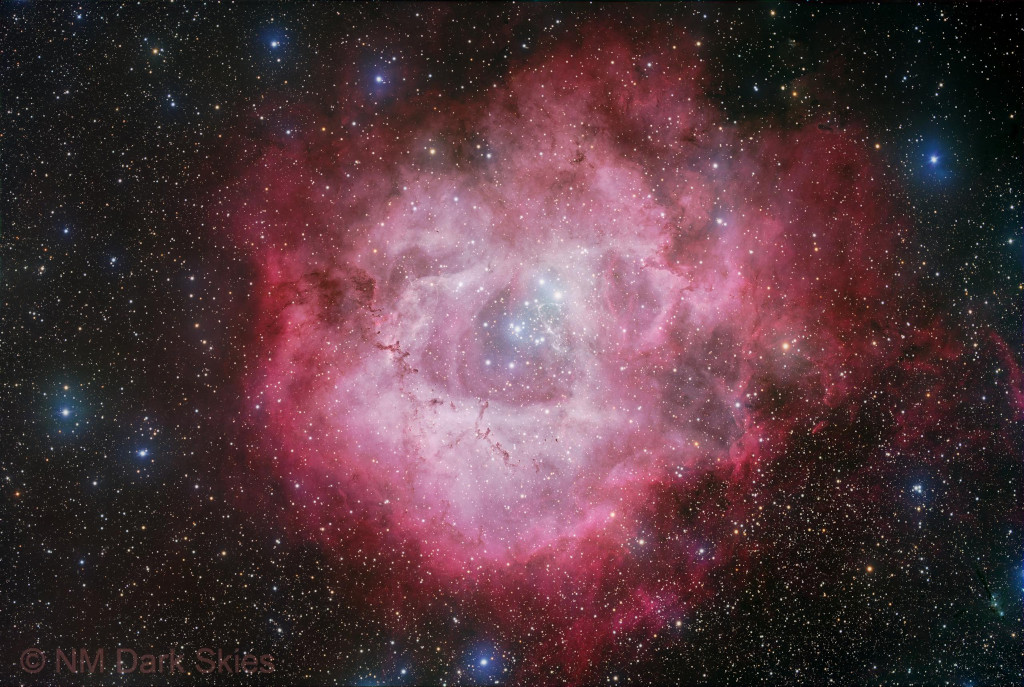
Merl Saunders (February 14, 1934 – October 24, 2008) was an American multi-genre musician who played piano and keyboards, favoring the Hammond B-3 console organ. Born in San Mateo, California, United States, Saunders attended Polytechnic High School in San Francisco. In his first band in high school was singer Johnny Mathis.He served in the U.S. Air Force from 1953 to 1957. He worked as musical director of the Billy Williams Revue and served in a similar capacity in Oscar Brown Jr.‘s off-Broadway show, Big Time Buck White.
He gained notice in the 1970s when he began collaborating with Jerry Garcia, with whom he had begun playing in 1971 at a small Fillmore Street nightclub called The Matrix. He sat in with the Grateful Dead, and co-founded the Saunders/Garcia Bandwhich produced three albums, and which became the Legion of Mary, with the addition of Martin Fierro (sax) in 1974. It disbanded the following year, but he and Garcia continued to collaborate in the band Reconstruction during 1979, collaborating with Ed Neumeister (trombone), Gaylord Birch (drums) and John Kahn (bass).
more...Timothy Charles Buckley III (February 14, 1947 – June 29, 1975) was an American musician. He began his career based in folk rock, but subsequently experimented with genres such as psychedelia, jazz, the avant-garde, and funk paired with his unique five-octave vocal range.
His commercial peak came with the 1969 album Happy Sad, reaching No. 81 on the charts, while his experimental 1970 album Starsailor went on to become a cult classic. The latter contained his best known song, “Song to the Siren.”
Buckley died at the age of 28 from a heroin and morphine overdose. He left behind one biological son, Jeff, who himself was a highly regarded singer who died young, as well as an adopted son, Taylor. On the evening of June 29, he accompanied longtime friend Richard Keeling to his house. At some point, Keeling produced a bag of heroin, some of which Buckley snorted.
Attempts by friends and paramedics to revive him were unsuccessful, and he was pronounced dead on arrival.
The coroner‘s report stated that Buckley died at 9:42 p.m. on June 29, 1975, from “acute heroin/morphine and ethanol intoxication due to inhalation and ingestion of overdose”.
more...
More Posts
- Daily Roots Hugh Griffiths
- Jesus Christ Super Star 7-22-20
- Cosmos M74
- Don Patterson
- George Clinton
- Al Di Meola
- Junior Cook
- Flamenco Fridays La Perla de Cádiz y Paco Cepera
- Daily Roots Pink Dread
- Cosmos IC63
- Cat Stevens
- Daniel Ponce
- Sonny Clark
- World Music Habib Koité
- Daily Roots Viceroys
- Rhythm Roots Residency 7-20-22
- Cosmos THE SAGITTARIUS TRIO – M8, M20, NGC 6559
- Carlos Santana
- Tony Allen
- Charles Tyler
